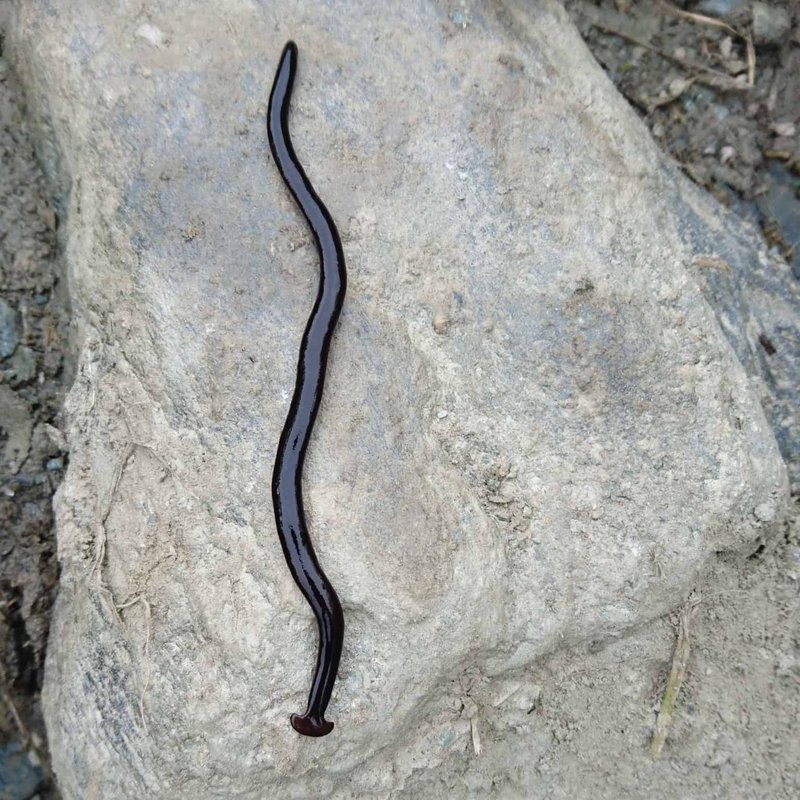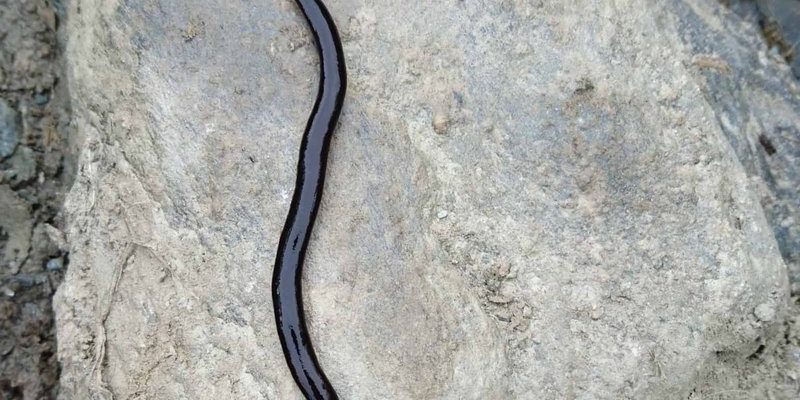
Think of hammerhead worms like vampires of the soil—they thrive in darkness and prefer to stay hidden when the sun shines bright. These fascinating creatures have a penchant for moisture, making their daytime hiding spots even more intriguing. So, grab your gardening gloves, and let’s uncover where these elusive critters spend their time during the day!
Understanding Hammerhead Worms
Before we jump into where hammerhead worms hide, let’s take a moment to understand what they really are. These worms belong to the genus *Bipalium* and are known for their distinctive shape that resembles a hammer on one end. They typically come in shades of brown or grey, helping them blend into their surroundings.
Hammerhead worms are not your average earthworms. They’re carnivorous, feasting primarily on small invertebrates like slugs and other worms. This unique diet gives them an essential role in the ecosystem, controlling the populations of their prey. You might be wondering how something so small can have such a big impact. Well, put simply, every little creature plays a part in maintaining the balance of nature.
In terms of size, they can range anywhere from a few inches to several feet long—quite a range! Their long, flat bodies let them navigate through soil and leaf litter with ease. The flatness also helps them stay hidden from predators.
Daytime Habitats of Hammerhead Worms
Now that we know a bit more about hammerhead worms let’s explore where they choose to hide during the day. These critters are nocturnal, which means they’re most active at night. When the sun’s out, they seek shelter in dark, damp environments.
You’ll often find them in places like:
- Leaf litter: Hammerhead worms love to cozy up in piles of decaying leaves. The moisture from the leaves helps keep them hydrated, and the darkness provides safety.
- Soil: They burrow into the top layer of soil, where they can stay cool and damp. Think of it as their underground hideaway.
- Under stones or logs: These worms often take refuge under rocks or decaying logs. The shadows created by these objects offer perfect hiding spots from predators.
Hammerhead worms have a knack for finding nooks that keep them hidden and comfortable. You might say they’re real pros when it comes to camouflage. It’s like they know all the best hide-and-seek spots in the garden!
The Importance of Moisture
One crucial factor in a hammerhead worm’s choice of hiding spots is moisture. These worms thrive in humid environments. If you think about it, they’re much like thirsty sponges, soaking up the moisture in their surroundings. Without sufficient dampness, they can quickly dry out and become inactive.
This is why you’ll usually find them in areas that retain moisture well. For example, after a rain shower, you may notice more of these worms appearing near the surface. They take advantage of the wet conditions to roam around and hunt for food before seeking their hideouts again.
If you’re gardening and digging through the soil, be mindful of these little guys. If you disturb their environment, they may scurry away to find a better hiding spot or even become vulnerable to predators. Understanding their need for moisture can help you create a more welcoming environment in your garden.
Seasonal Changes and Hammerhead Worm Behavior
As seasons change, so do the habits of hammerhead worms. In spring and summer, when the weather is warm and the ground is moist, these worms are more visible. You might find them slithering through your garden after a rainfall, enjoying the humid air.
When fall sets in, you’ll notice a change in their behavior. As temperatures drop and the ground begins to dry out, hammerhead worms seek deeper hiding places. They may burrow further down into the soil or find shelter under rocks or thick foliage. This seasonal retreat helps them survive the colder months, much like how some animals hibernate.
In winter, when conditions become harsh, hammerhead worms often go dormant. During this time, they rely on the moisture they’ve stored in their bodies. Their resilience is quite impressive—proving they can adapt to a variety of climates.
How to Spot Hammerhead Worms
You might be curious about how to spot these elusive creatures while they’re out and about searching for food. Although they prefer to hide during the day, if you do a little digging, you just might catch sight of one.
Keep an eye out for:
- Strange shapes: Their unique hammerhead shape makes them distinguishable from other worms. You might mistake them for garden debris at first, but a closer look will reveal their true identity.
- Movement: If you’re lucky enough to catch one on the move, you may notice a sinuous motion as it glides through the soil or leaf litter. It’s quite a sight!
- Wet environments: Look for them in damp areas after rain, where the soil remains moist and inviting.
Taking the time to look closely can be rewarding. It’s a bit like a treasure hunt in your own backyard!
Protecting Hammerhead Worms in Your Garden
If you find yourself fascinated by these unique creatures, it’s a good idea to ensure they thrive in your garden. They play a valuable role in the ecosystem, and protecting their habitats is essential.
Here are a few tips to help:
- Avoid pesticides: Many pesticides can harm hammerhead worms and other beneficial soil organisms. Opt for natural pest control methods to protect the ecosystem.
- Maintain moisture: Regularly watering your garden can help create a hospitable environment for these worms.
- Leave leaf litter: Allowing a layer of leaf litter to accumulate provides both food and shelter for hammerhead worms, making your garden a haven for them.
By following these simple steps, you can help ensure that hammerhead worms continue to thrive and contribute to your garden’s health.
Understanding where hammerhead worms hide during the day reveals a fascinating glimpse into their world. These worms are more than just a curious sight in the garden; they serve vital roles in our ecosystem. By learning about their habitats, moisture needs, and seasonal habits, we can appreciate them more fully.
So, next time you’re out in your garden, take a moment to consider the hidden critters beneath your feet. Remember, they’re not just slithering around—they’re working hard to keep the soil healthy and alive! With a little care and consideration, we can ensure that these extraordinary creatures continue to thrive right alongside us.

